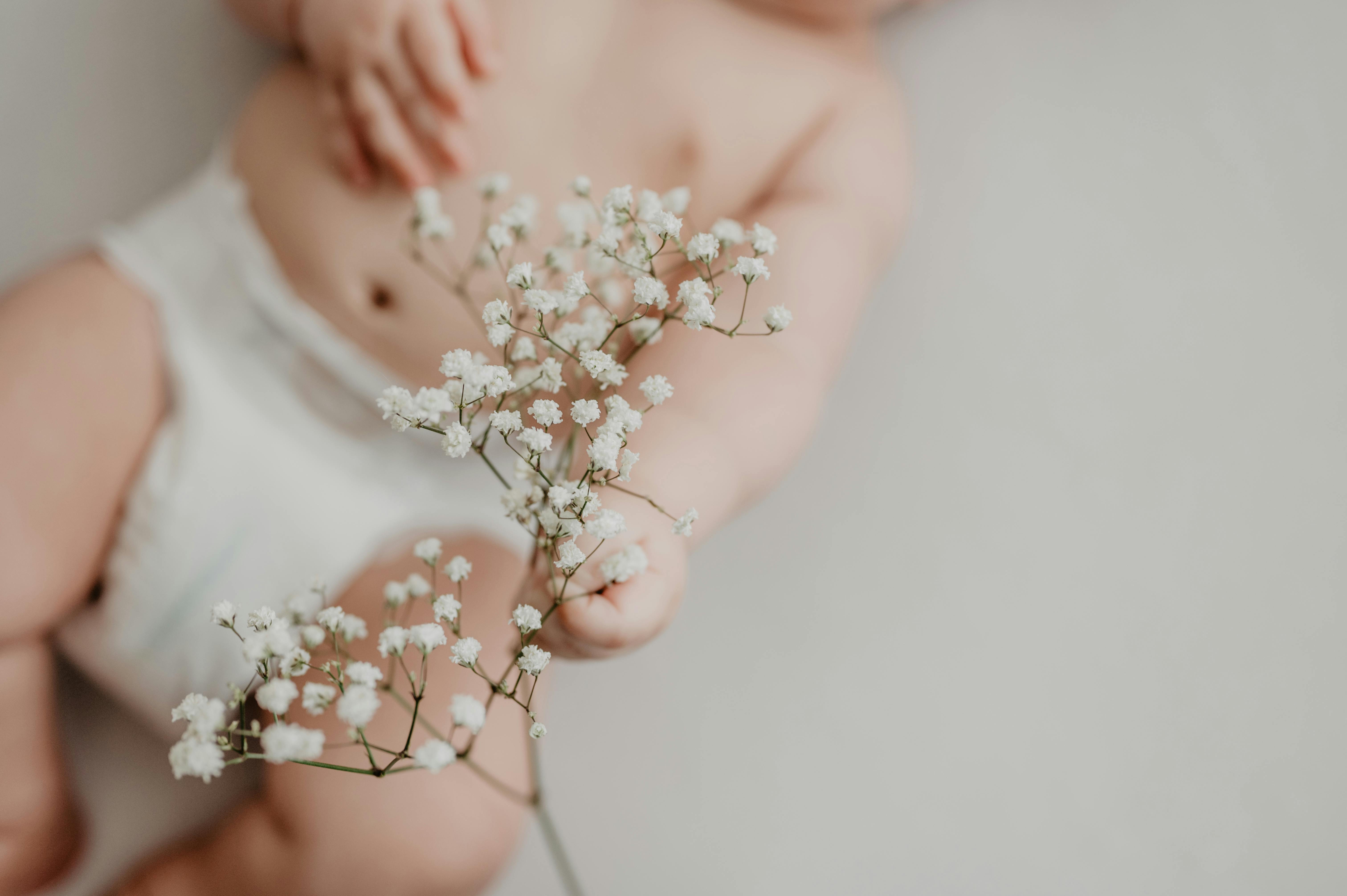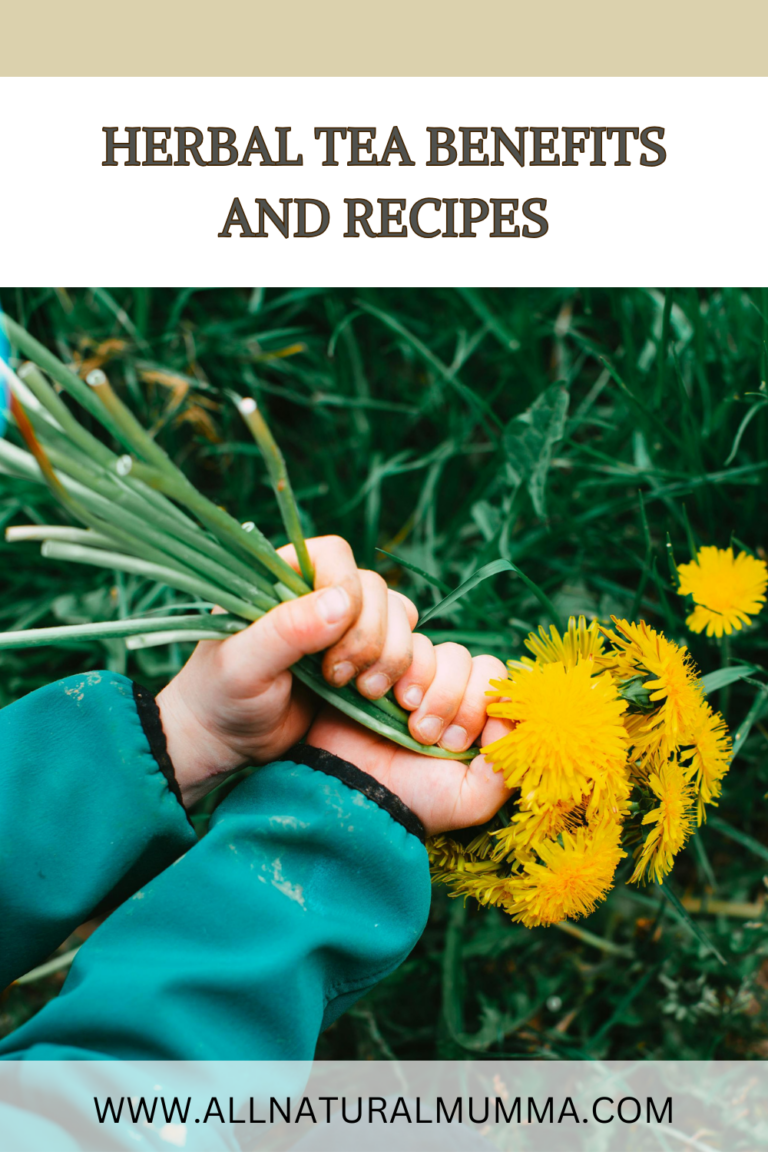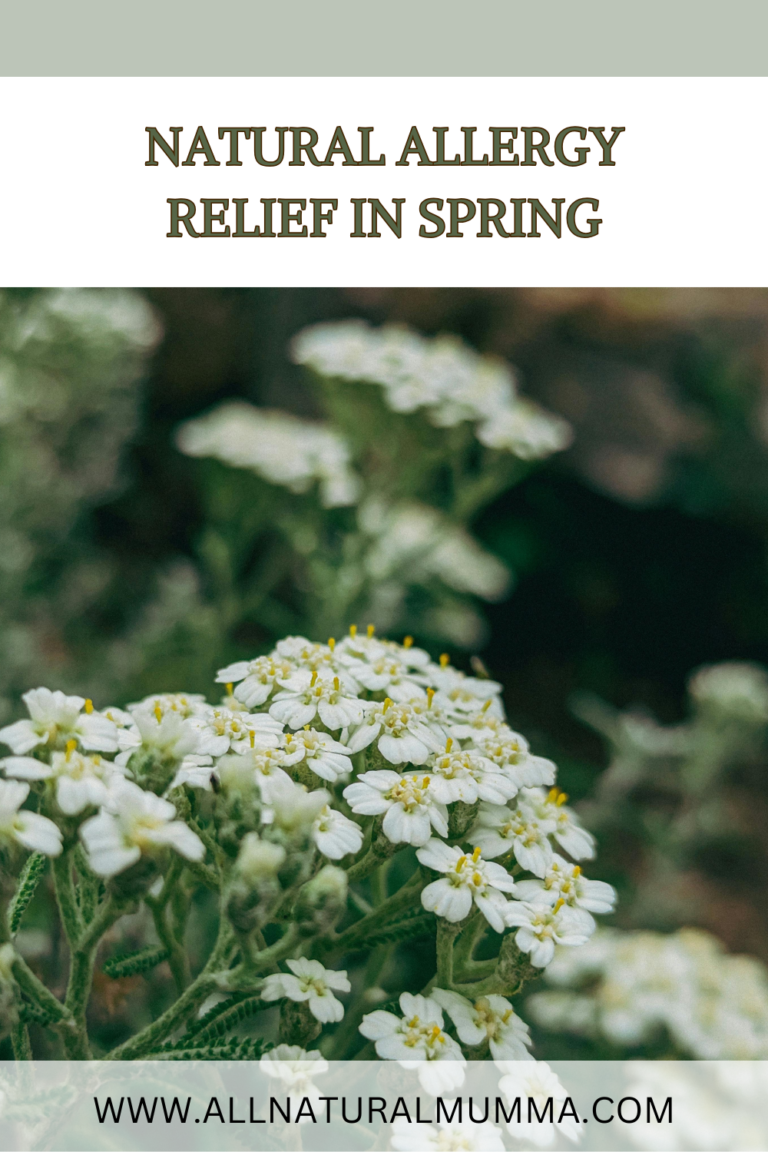From the moment life begins, every choice we make—what we eat, how we manage stress, and the support we give our bodies—shapes the health of our little ones. The first 1,000 days (from conception to a child’s second birthday) are a critical window where nutrition, herbal support, and a calm, balanced environment can make a world of difference.
NOURISHING FROM THE INSIDE OUT
Pregnancy is a time of incredible growth—not just for your baby but for you too! Your body works around the clock to create the perfect environment, which is why nutrient-dense foods are key. Think healthy fats, high-quality protein, and loads of colourful veggies to fuel development and support your energy levels.
Herbs can also be a game-changer. Some of my favourites for pregnancy and postpartum include:
- Red Raspberry Leaf – A classic for strengthening the uterus and supporting smoother labour.
- Nettle – Packed with minerals to nourish both mama and baby.
- Chamomile – Perfect for calming stress and promoting restful sleep.

SETTING THE STAGE FOR A STRONG IMMUNE SYSTEM
Did you know that your baby’s microbiome starts forming in the womb? Everything from the foods you eat to the stress you experience can influence their gut health, which plays a huge role in immunity. Including probiotic-rich foods like fermented veggies, yogurt, and bone broth can support both you and your growing baby.

BEYOND BIRTH: THE NEXT CRITICAL MONTHS
Once baby arrives, the focus shifts to postpartum recovery and nourishing your little one. Breastfeeding provides essential antibodies, providing the best possible nutrition. Herbs like fennel and fenugreek can support milk supply, while gentle herbal teas can help calm digestion and promote sleep for both mama and baby.
Building a resilient child starts long before they take their first breath. By focusing on nutrition, herbal support, and stress reduction, you’re giving your little one the strongest start possible.

Stay tuned as we explore herbs and nutrition for postpartum recovery, because a well-supported mother means a well-supported baby.
Would love to hear—what’s one thing that helped you feel your best during pregnancy or postpartum? Send me a message and share your experience!











